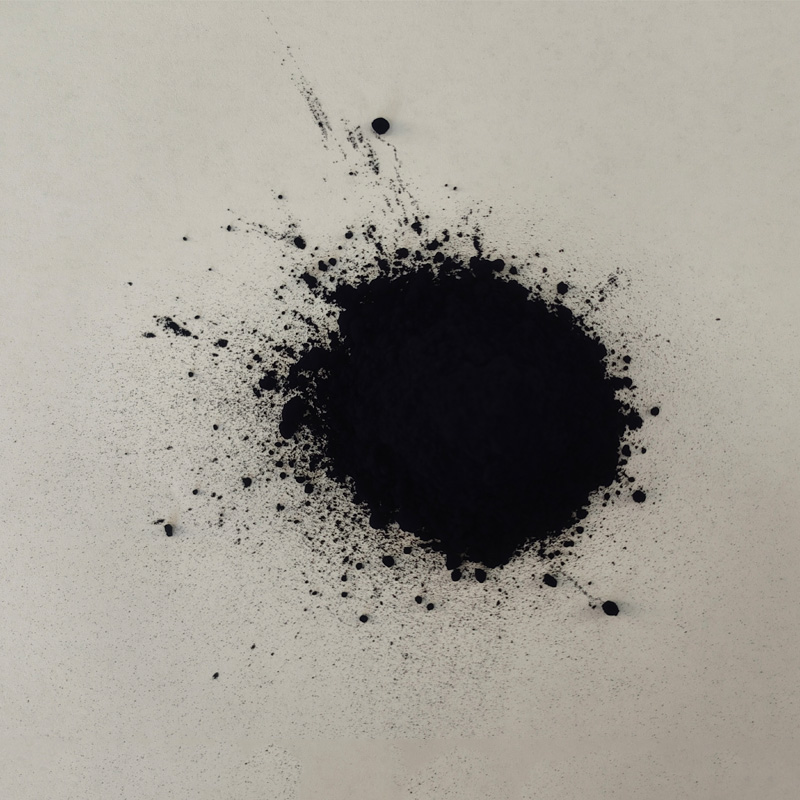Natural Indigo Dye Products for Sustainable Fashion and Artisanal Crafting
Natural Indigo Dyes A Deep Dive into the World of Traditional Colorants
Indigo, one of the oldest and most revered dyes in history, has captivated cultures all over the globe. Known for its rich, deep blue hue, natural indigo dye has been used for centuries in textiles, art, and decoration. Today, as the quest for sustainable and eco-friendly practices intensifies, interest in natural indigo dyes and their products is experiencing a notable resurgence. This article explores the fascinating world of natural indigo dyes, their production process, and the various products that benefit from this age-old coloring technique.
The History of Indigo Dyes
Indigo has a storied past that dates back thousands of years, with evidence of its use found in ancient Egyptian textiles and Hindu religious garments. Unlike synthetic dyes introduced in the 19th century, which changed the landscape of dyeing practices, natural indigo is derived from plants—primarily the leaves of the Indigofera plant species. The process of creating natural indigo dye is labor-intensive and steeped in tradition, showcasing artisanal techniques passed down through generations.
The Production Process
The journey of natural indigo begins with the cultivation of indigo plants, which thrive in tropical and subtropical climates. Once harvested, the leaves undergo fermentation, allowing the indican—a glycoside compound—to convert into indigo, a pigment that is insoluble in water. The fermentation process is both a science and an art form, requiring precise environmental conditions and the right balance of ingredients.
After fermentation, the indigo is extracted and dried, producing a powder that can be used in dyeing. When dyeing textiles, the powder is typically mixed with an alkaline solution, allowing the indigo to dissolve and attach to fabric fibers. This dyeing technique often involves multiple dips in the dye bath, creating variations in color intensity—ranging from light sky blues to deep, almost black hues.
Sustainable Practices
In an era increasingly concerned with sustainability, natural indigo dyes present an appealing alternative to synthetic counterparts. The cultivation and processing of indigo are generally more environmentally friendly, utilizing fewer harmful chemicals and pollutants. In addition, natural indigo supports local economies and craftsmanship, as many artisans rely on traditional dyeing techniques to sustain their livelihoods.
Moreover, natural indigo is biodegradable and does not contribute to soil or water pollution when used responsibly, making it a more eco-conscious choice for consumers and manufacturers alike.
natural indigo dyes products

Contemporary Products
The applications of natural indigo dyes have expanded far beyond traditional textiles. Today, various industries are exploring the potential of these eco-friendly dyes. Here are some modern products that utilize natural indigo
1. Fashion and Apparel From high-end designer garments to sustainable brands, natural indigo is popular in contemporary fashion. Various clothing items, including jeans, skirts, and shirts, showcase the unique beauty of indigo dyeing, often featuring intricate patterns achieved through resist dyeing techniques.
2. Home Decor Indigo-dyed fabrics are making waves in the home decor sector. Throws, pillows, and curtains dyed with natural indigo bring an artisanal touch to interior design, allowing homeowners to incorporate the timeless elegance of indigo into their living spaces.
3. Art and Craft Supplies Artists and crafters are rediscovering natural indigo for painting, printing, and textile art. The natural color stability and depth of indigo make it a favored choice for mixed media artworks and fabric-based projects.
4. Personal Care Products Some personal care brands are including natural indigo in their formulations for its skin benefits, as the dye is believed to have antibacterial properties and can soothe certain skin conditions.
5. Home Textiles Bedding, table linens, and other home textiles showcase stunning indigo designs, marrying aesthetics with sustainability. Customers are drawn to these products not only for their beauty but also for their eco-friendly credentials.
Conclusion
Natural indigo dyes are more than just a means of coloring fabrics; they carry with them a rich heritage, a commitment to sustainable practices, and an undeniable allure. As consumers become increasingly conscious of their choices, the appeal of natural indigo will only continue to grow. Whether it’s through fashion, home decor, or art, indigo's timeless charm is sure to inspire and captivate for generations to come. In embracing natural indigo dyes, we not only appreciate a beautiful color but also support a sustainable future replete with heritage and tradition.
-
The Timeless Art of Denim Indigo Dye
NewsJul.01,2025
-
The Rise of Sulfur Dyed Denim
NewsJul.01,2025
-
The Rich Revival of the Best Indigo Dye
NewsJul.01,2025
-
The Enduring Strength of Sulphur Black
NewsJul.01,2025
-
The Ancient Art of Chinese Indigo Dye
NewsJul.01,2025
-
Industry Power of Indigo
NewsJul.01,2025
-
Black Sulfur is Leading the Next Wave
NewsJul.01,2025

Sulphur Black
1.Name: sulphur black; Sulfur Black; Sulphur Black 1;
2.Structure formula:
3.Molecule formula: C6H4N2O5
4.CAS No.: 1326-82-5
5.HS code: 32041911
6.Product specification:Appearance:black phosphorus flakes; black liquid

Bromo Indigo; Vat Bromo-Indigo; C.I.Vat Blue 5
1.Name: Bromo indigo; Vat bromo-indigo; C.I.Vat blue 5;
2.Structure formula:
3.Molecule formula: C16H6Br4N2O2
4.CAS No.: 2475-31-2
5.HS code: 3204151000 6.Major usage and instruction: Be mainly used to dye cotton fabrics.

Indigo Blue Vat Blue
1.Name: indigo blue,vat blue 1,
2.Structure formula:
3.Molecule formula: C16H10N2O2
4.. CAS No.: 482-89-3
5.Molecule weight: 262.62
6.HS code: 3204151000
7.Major usage and instruction: Be mainly used to dye cotton fabrics.

